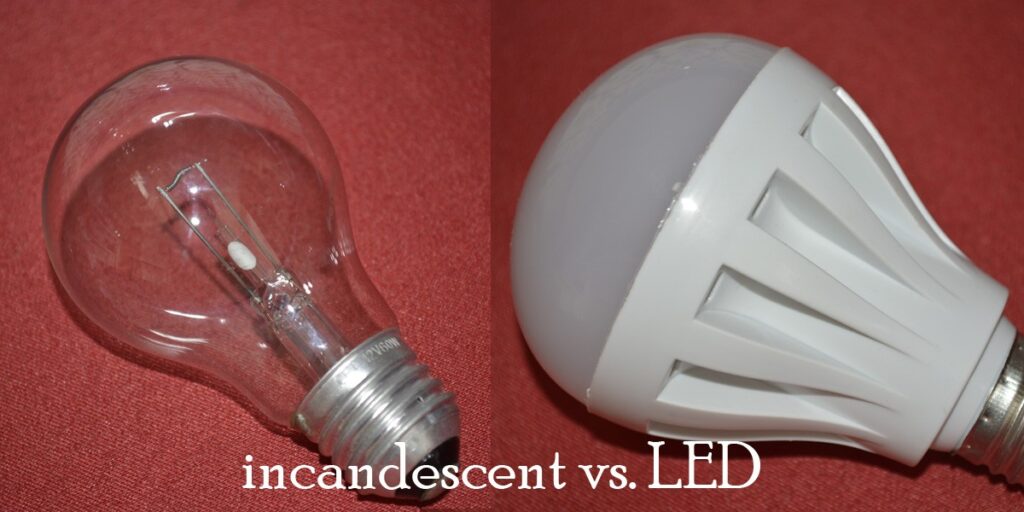Over the past few years, we’ve seen a serious push towards renewable energy sources for electricity. This is certainly environmentally friendly but switching over to something like solar power is awfully expensive so many of us will likely stick with the conventional electricity for now.
This means that we have to find ways to save electricity; there are many ways to do this but can removing a certain element altogether save electricity? If, for instance, we removed a lightbulb, would that lower our monthly electric bill? Let’s take a look and find out.

So, does unscrewing a light bulb really save energy (and money)?
Yes, unscrewing/removing a lightbulb does save a little bit of energy because the circuit / connection isn’t using any energy., Of course, you can achieve the same result by flipping the switch off, but if you have multiple light bulbs, removing one or several light bulbs will help save money when the switch is on.
The Flow of Energy
Energy/electricity in a circuit flows from the positive terminal to the negative terminal in a circle but for that to happen the circuit has to be complete and uninterrupted.
When you flip the switch on, energy is allowed to flow from point A to point B. With that said, in the case of a light circuit, a bulb is needed to complete the circuit. If the circuit’s not complete (i.e. the switch is on but the bulb’s missing), electricity won’t flow.
The Household Circuit
The electricity that goes through our homes is usually running on a parallel circuit. Basically, what that means is that there are multiple connections in the circuit.
Each connection gets a portion of the overall energy to function, and each one can operate independently – meaning you can remove or interrupt a connection at one point without interfering with the rest of the circuit.
Unscrewing a light bulb breaks a portion of the circuit so that no electricity can go through that section.
Saving Electricity w. Energy Saving Bulbs
Traditional, incandescent light bulbs use between 60 and 100 watts in one hour. Considering how many other things (i.e. refrigerators, freezers, etc.) are also running in a house, I wouldn’t want too many of them around in my place.
Thankfully, you don’t get many of the incandescent bulbs anymore; instead you get fluorescent energy saving bulbs.
These energy saving bulbs are filled with a fluorescent gas, the particles of which vibrate when a current is passed through them creating a visible light. These bulbs can save up to approximately 3 – 4 times the energy that a regular incandescent bulb uses.
In Closing
So, in closing: yes, unscrewing a lightbulb will save electricity because the circuit is incomplete and unless the circuit is complete; the electricity can’t go through.
I hope you found this article informative and enjoyable to read. As always, thanks for reading and I’ll see you all again in the next article. Take care and stay safe!

Greg spent most of his childhood in camping grounds and on hiking trails. While he lives in the suburbs nowadays, Greg was raised on a small farm with chickens. He’s a decent shot with a bow, and a huge knife enthusiast. Find out more about Greg.

When you flip the switch to off it breaks the circuit. It’s exactly the same as removing the light bulb. You don’t save electricity this way period.
Thanks Greg. Dave get out of the box. I have too many bulbs on one switch. Loosening as many as I choose does save energy period.